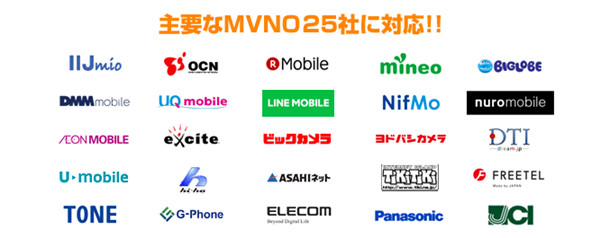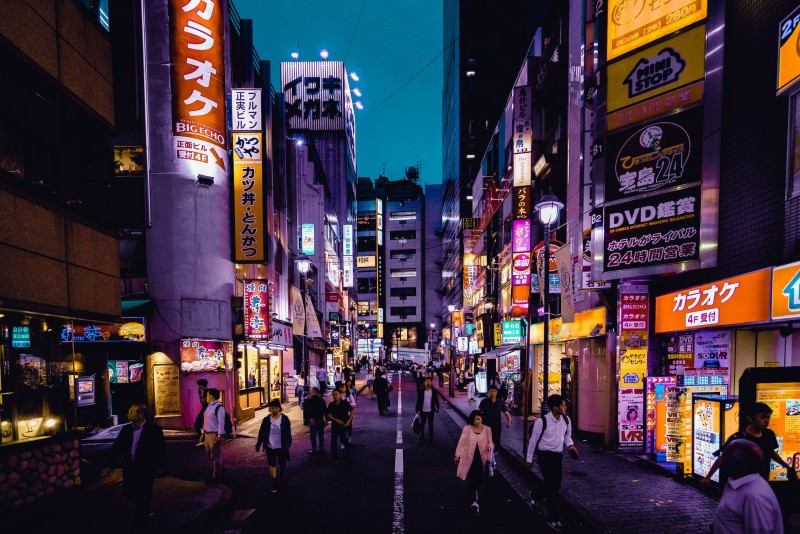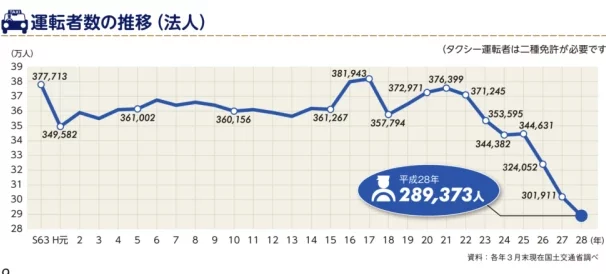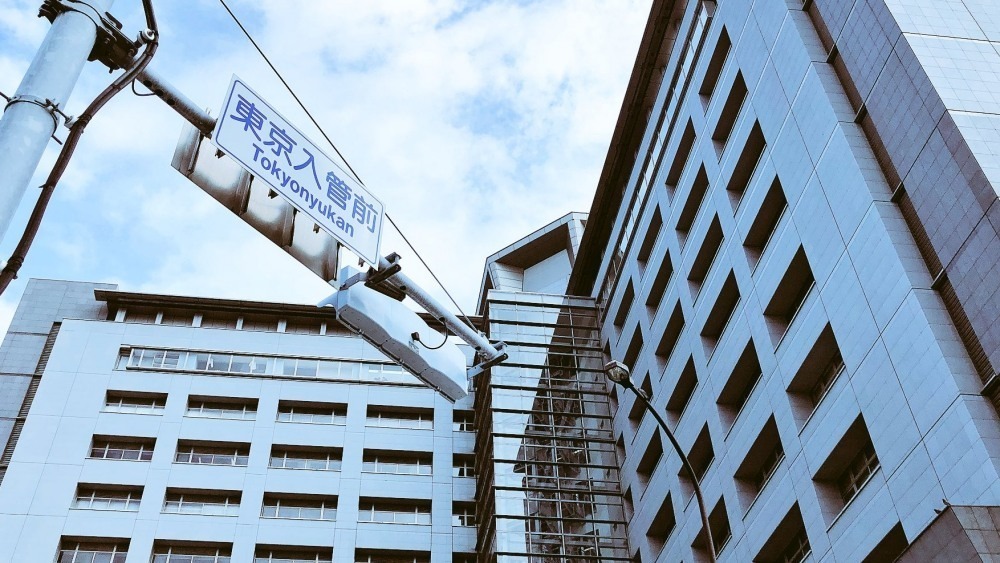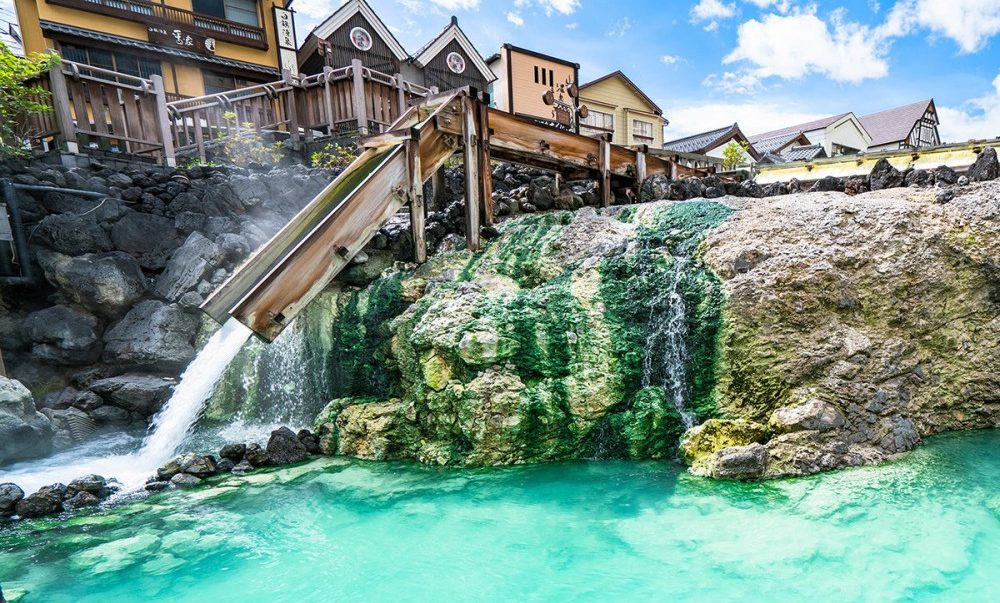Japan's medical prowess has long held a preeminent global position, not only evident in its medical technology and equipment but also in its compassionate healthcare system. Many immigrants to Japan value this significant advantage.
For Foreigner in Japan, understanding the nuanced healthcare system is crucial. Here's a concise overview of the medical process and associated costs in Japan.
1. Medical System in Japan
Unlike China, where one can go to a hospital for both major and minor ailments, in Japan, it is common to visit a clinic (クリニック) initially. If the clinic doctor cannot address your condition, they may provide a referral letter for you to seek treatment at a larger hospital. Directly visiting a major hospital without a referral may result in substantial medical fees.
There's no need to worry about the expertise of clinic doctors. Many doctors in small clinics are graduates of prestigious medical universities and possess considerable experience. In essence, Japan's societal healthcare environment is rigorous, and medical resources are abundant.
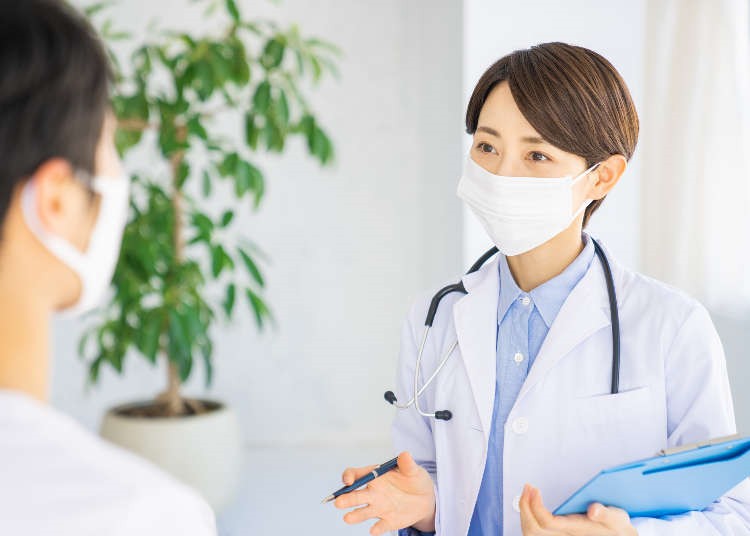
Once enrolled in the National Health Insurance, both Japanese and foreign nationals can equally enjoy a 70% reimbursement of medical expenses. Unlike China, where reimbursements are typically handled post-treatment, in Japan, you only need to pay 30% of the medical fees at the time of treatment. If you forget to bring your insurance card, you can initially pay the full amount and later claim a refund by presenting your insurance card at the clinic or hospital. Prescription medication is also covered by the national insurance, and purchasing prescribed drugs at pharmacies can result in significant cost savings.
2. Medical Consultation Process in Japan
- Begin by determining the medical specialty you need. For example, internal medicine (ないか) for headaches or stomachaches, dentistry (しか) for toothaches or cavities, and otolaryngology (じびいんこうか) for ear, nose, and throat issues.
- Once you've identified the type of clinic you need, use Google Maps to search for the specialty. After obtaining the contact information and business hours, you can check the clinic's website or call to confirm if appointments are necessary. If no appointment is required, simply bring your National Health Insurance card and queue up at the clinic.
- After the medical consultation at the clinic or hospital, you cannot immediately obtain medication. You need to go to a pharmacy (処方箋しょほうせん) adjacent to the clinic or hospital to get your prescribed medication. The separation of medical and pharmaceutical services in Japan ensures that doctors focus on medical care without financial incentives tied to drug sales. Any prescription issued by any hospital in the country can be fulfilled at any pharmacy, and drug prices in Japan are almost standardized nationwide.
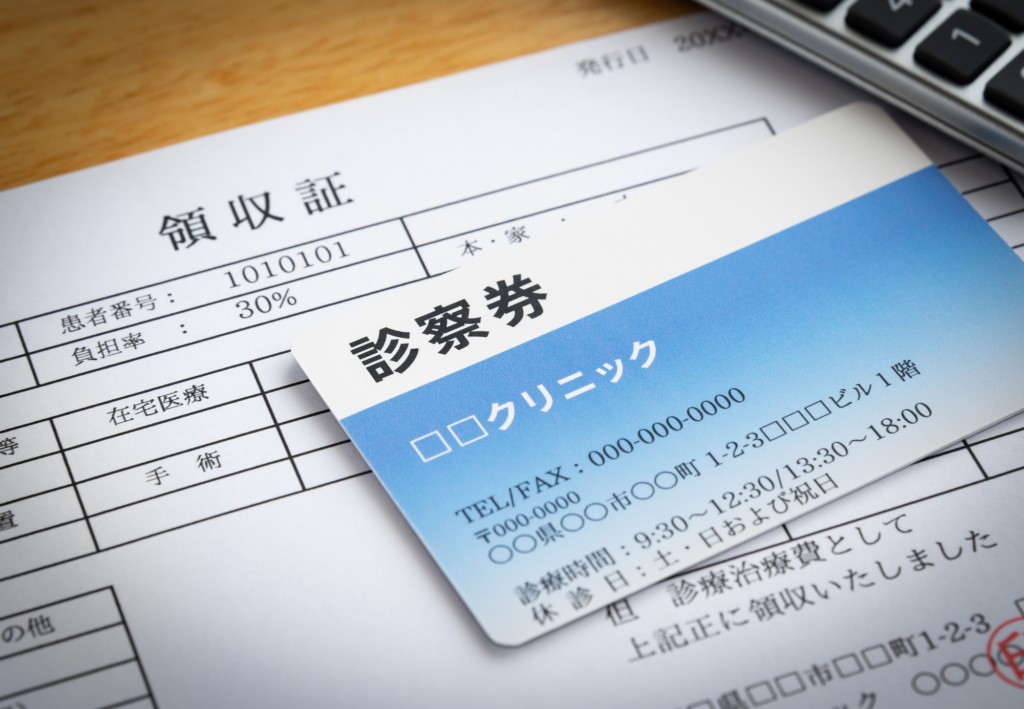
Note: Japanese clinics often charge a relatively high initial consultation fee. If you frequently switch to different clinics for medical consultations, you may end up paying significantly more in initial consultation fees. It is advisable to try to stick to the same clinic whenever possible.
3. Emergency Procedures in Japan
In Japan, ambulance services fall under the jurisdiction of the fire department, and the emergency number is 119. Ambulance services are provided free of charge without discrimination based on the individual's race, age, nationality, or tax status.
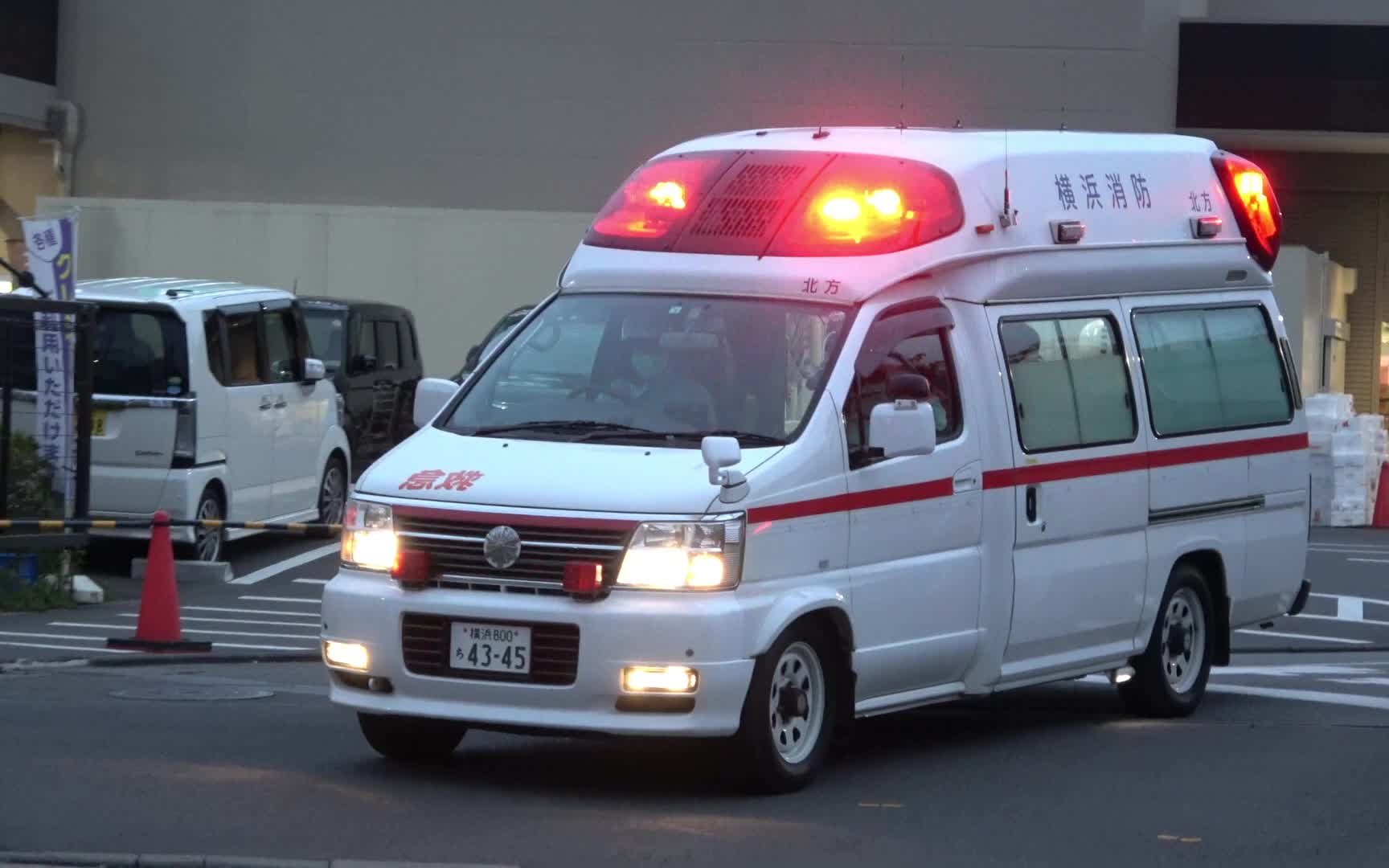
When facing a medical emergency and dialing 119, the operator will typically inquire about your symptoms, address, and age. Therefore, it is necessary to have a certain level of Japanese language proficiency. After the initial communication, the operator will dispatch an ambulance to take you to the nearest hospital.
Japanese hospitals operate on a "treat first, pay later" system. If you don't have money on hand, the hospital will provide you with a bill, and you can settle the payment after recovery. However, it is essential to carry your health insurance card, residence card, driver's license, or any other identification.
4. Hospitalization Process in Japan
Unlike in many counties, hospitalization in Japan typically doesn't require the presence of family or friends. The hospital provides nurses to accompany you throughout, including taking care of meals and daily living. If you unfortunately need hospitalization, there is no need to worry about being in a foreign land without family or friends to assist during surgery.
Note: Each floor of Japanese hospitals is equipped with vending machines, and there is complimentary drinking water. However, WiFi is not provided. If internet access is required, it is recommended to make appropriate arrangements.
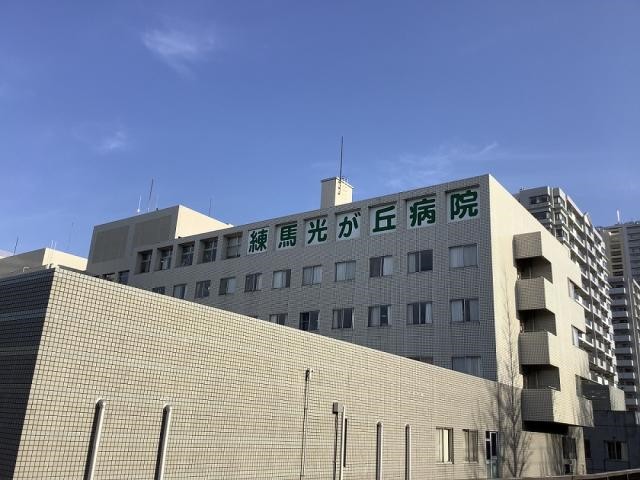
5. Additional Considerations
① While Japan's health insurance provides comprehensive coverage, it does not include cosmetic procedures, full-body check-ups, and similar services. Some health-related cosmetic procedures, such as orthognathic surgery or burn repair, may be covered by insurance. For detailed information, it is advisable to consult with the hospital.
② There is a cap on medical expenses in Japan. Depending on individual income levels, each person has a different maximum out-of-pocket expense. Once this limit is reached, there is no need to pay additional fees, ensuring that individuals will not face situations where they cannot afford medical treatment.
Regardless of how advanced and comprehensive Japan's healthcare system is, it is best never to experience it while in a foreign land. Health is more important than anything else. However, as a precautionary measure, understanding the medical consultation process in Japan is essential. Taking care of oneself is crucial to prevent worries for loved ones.
